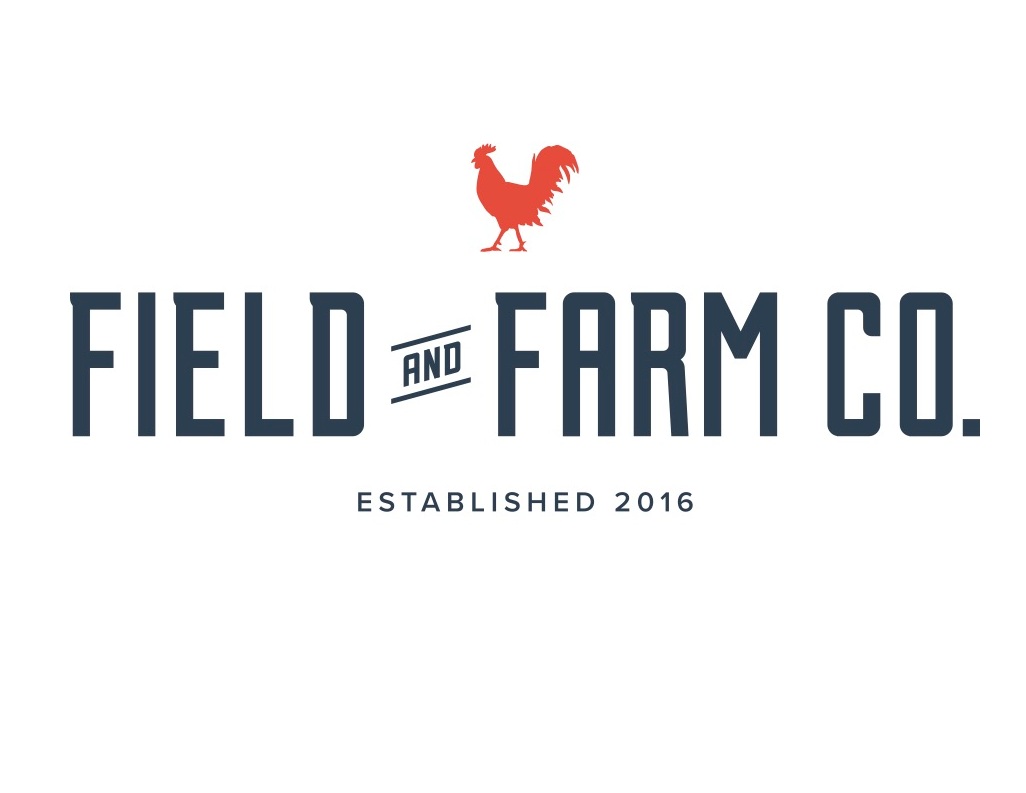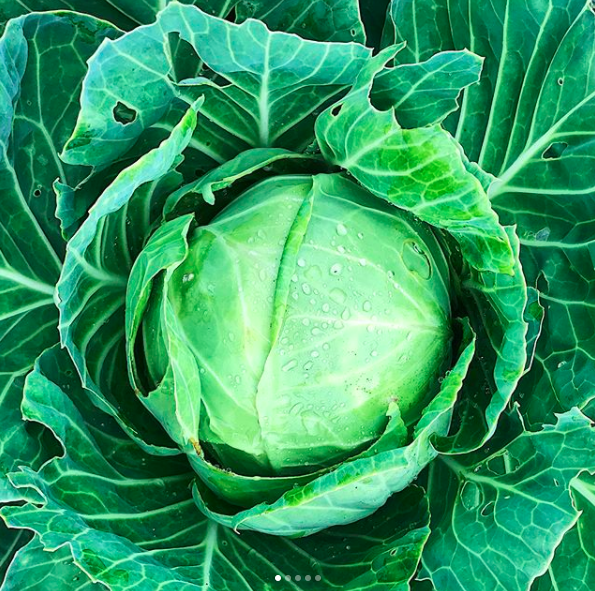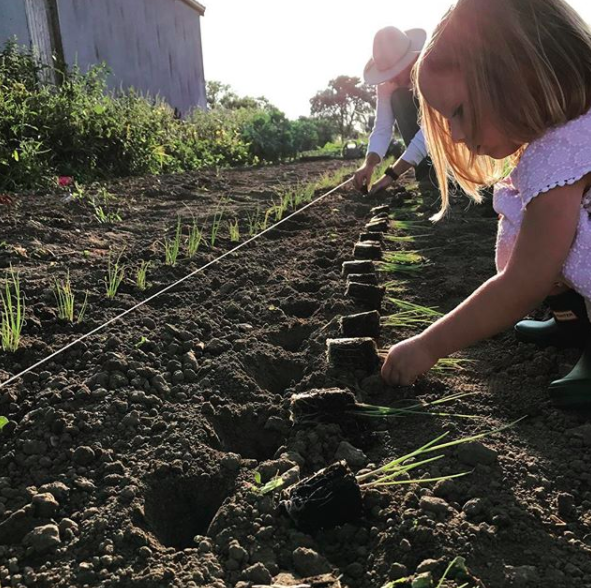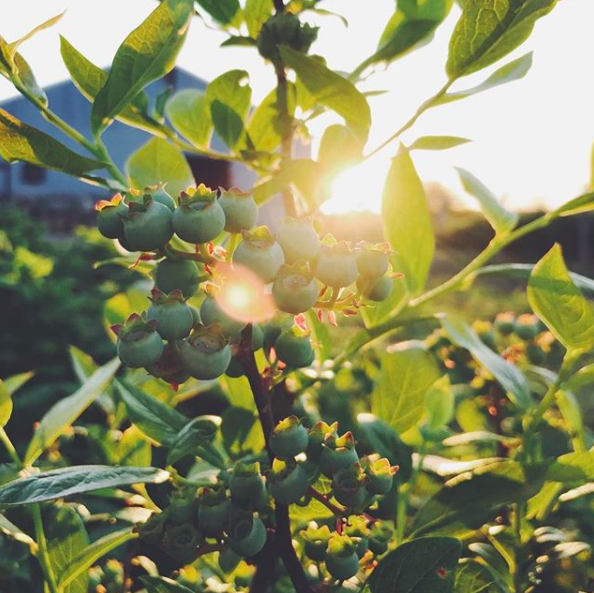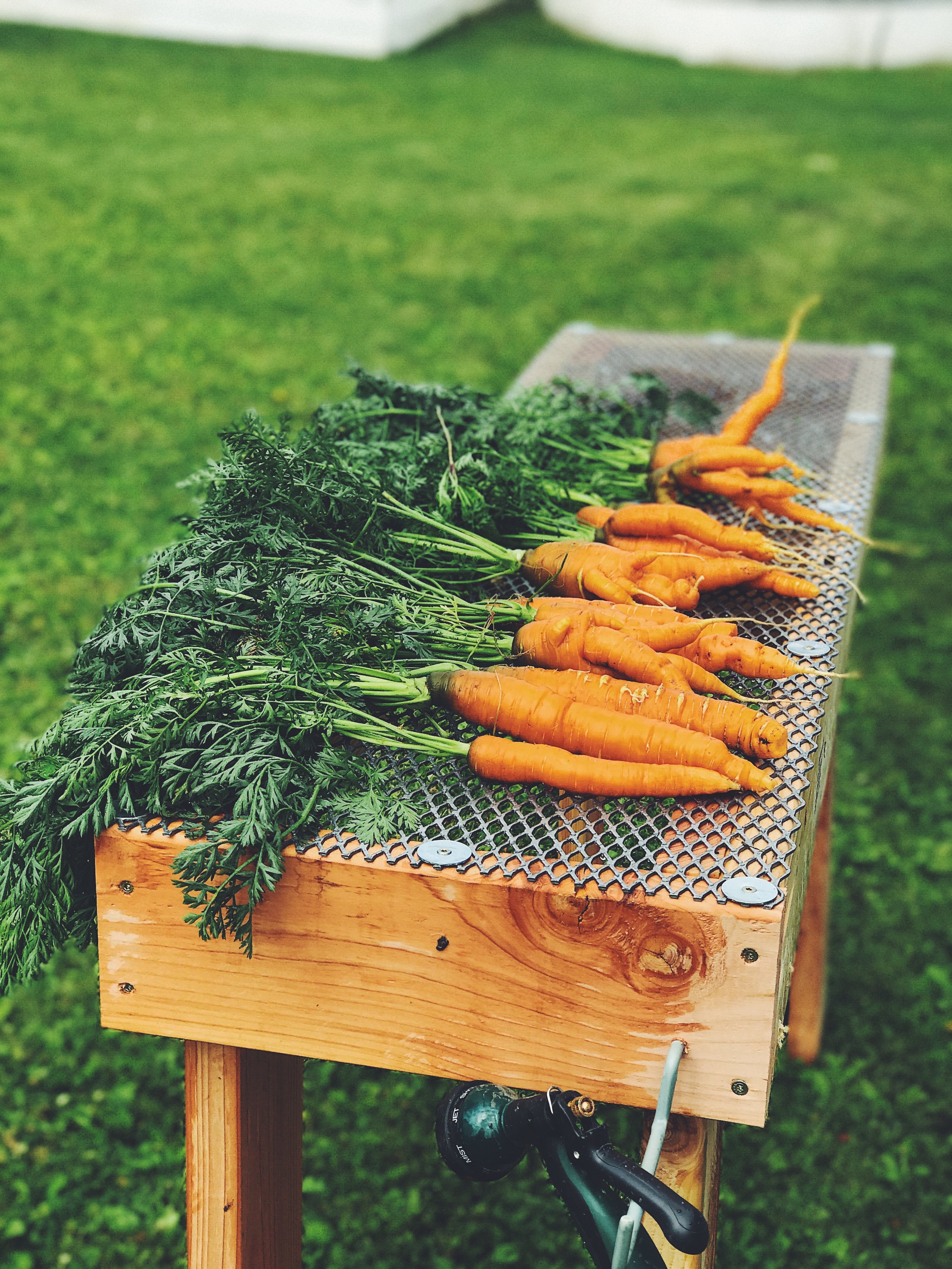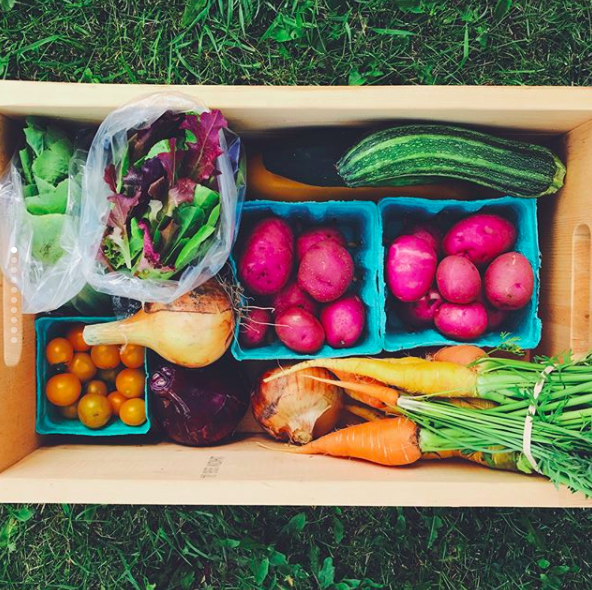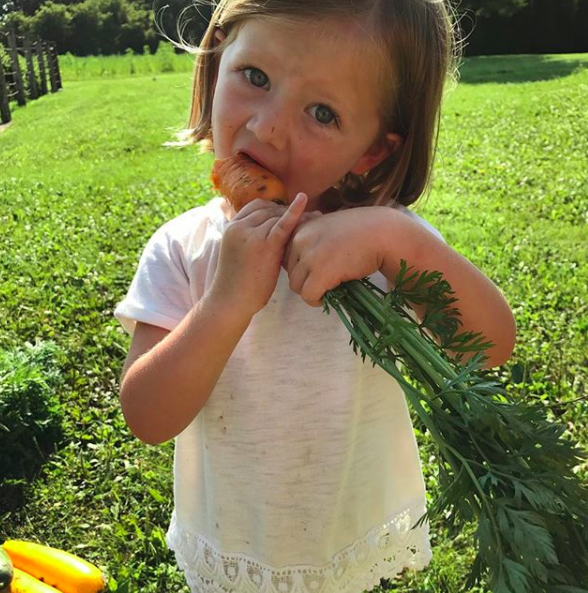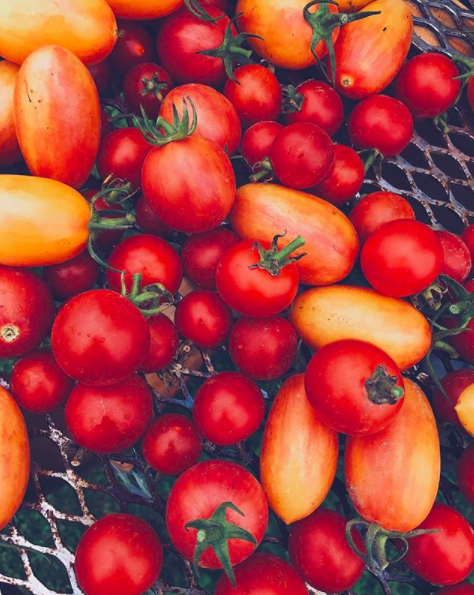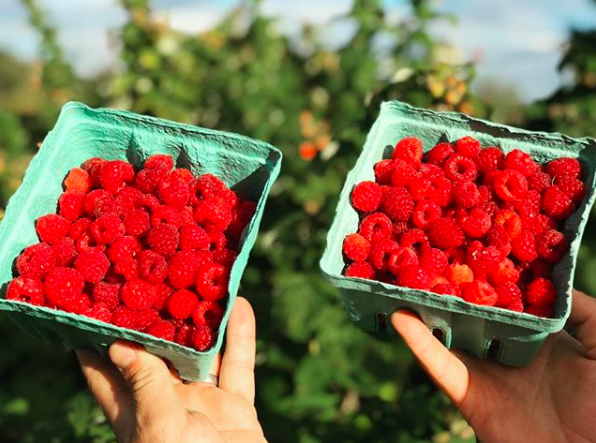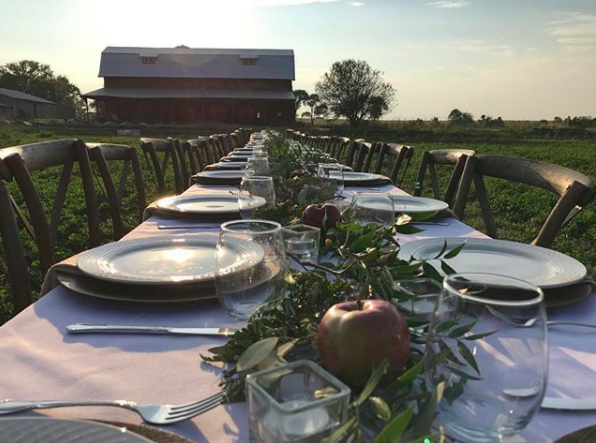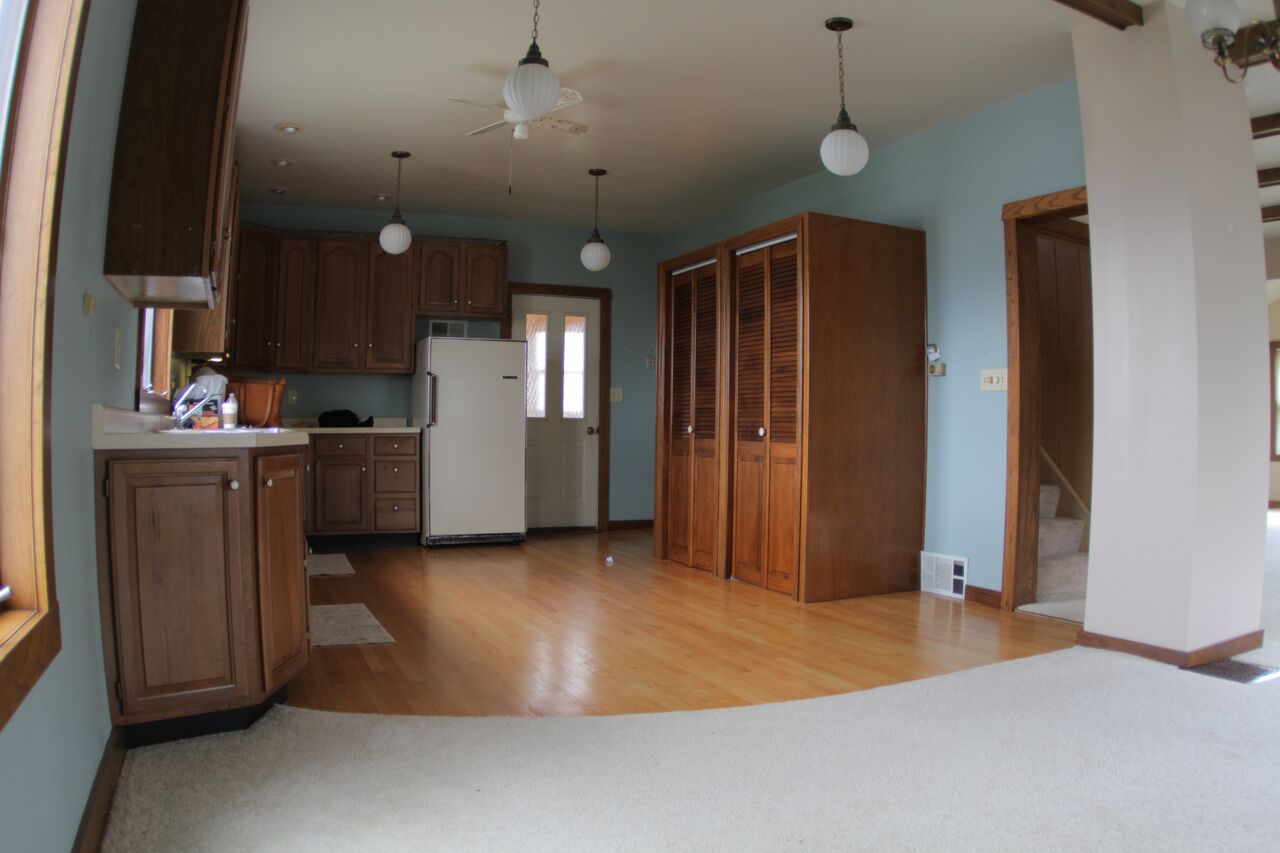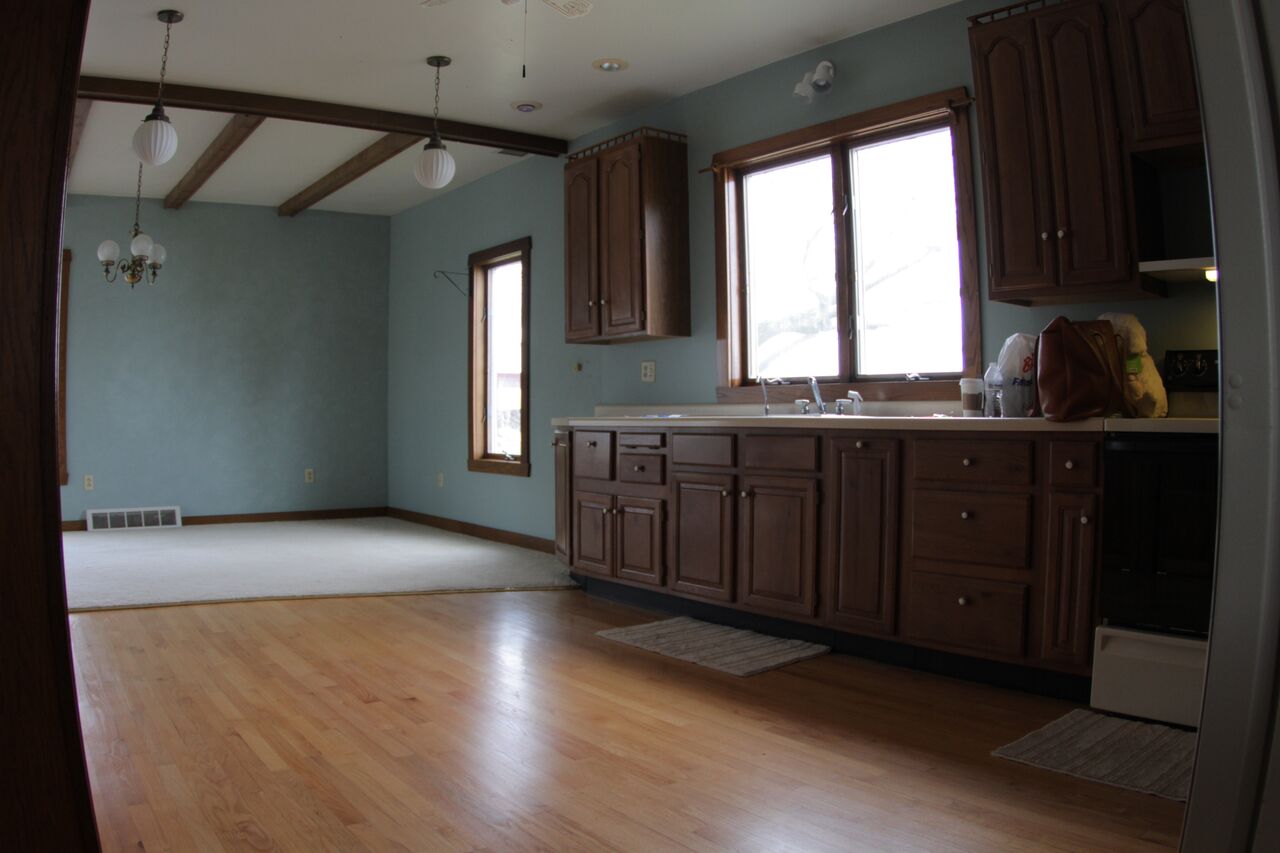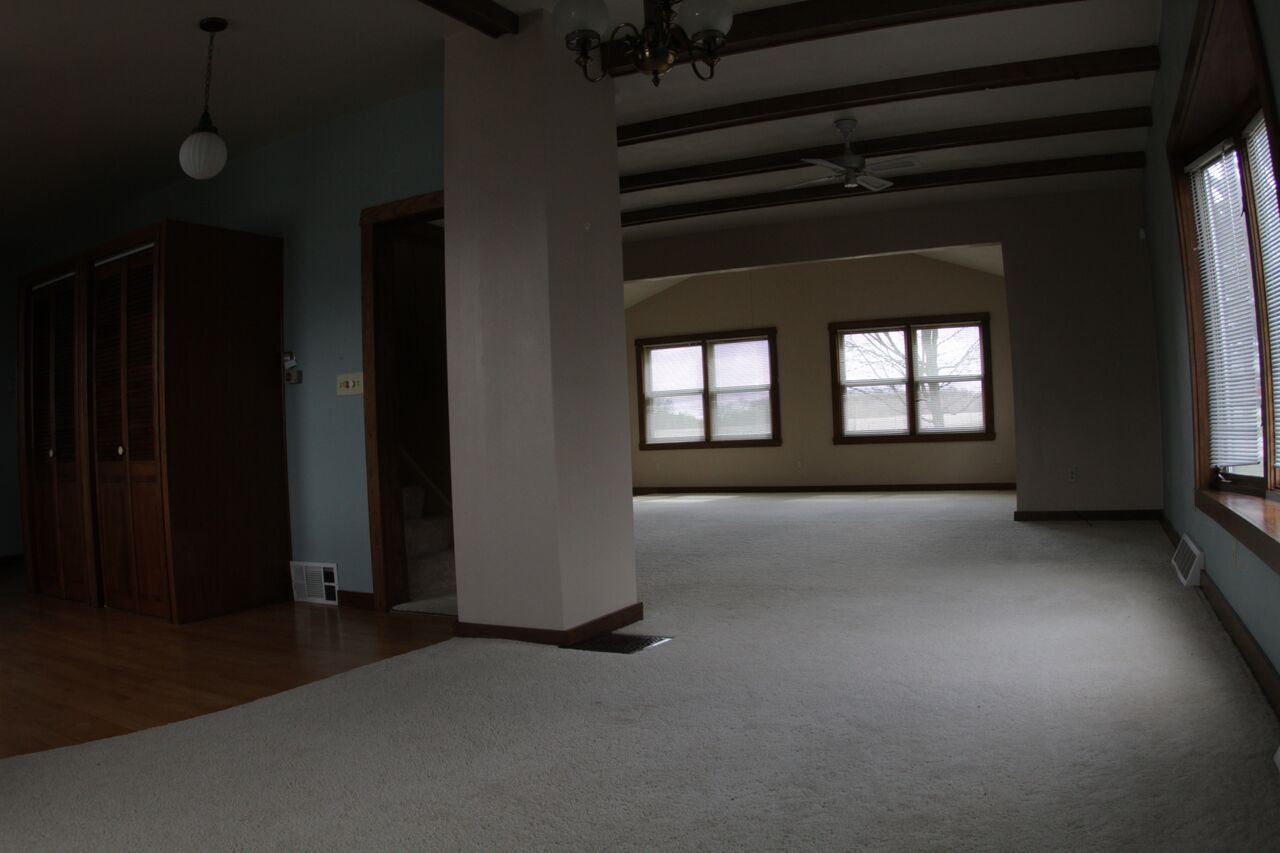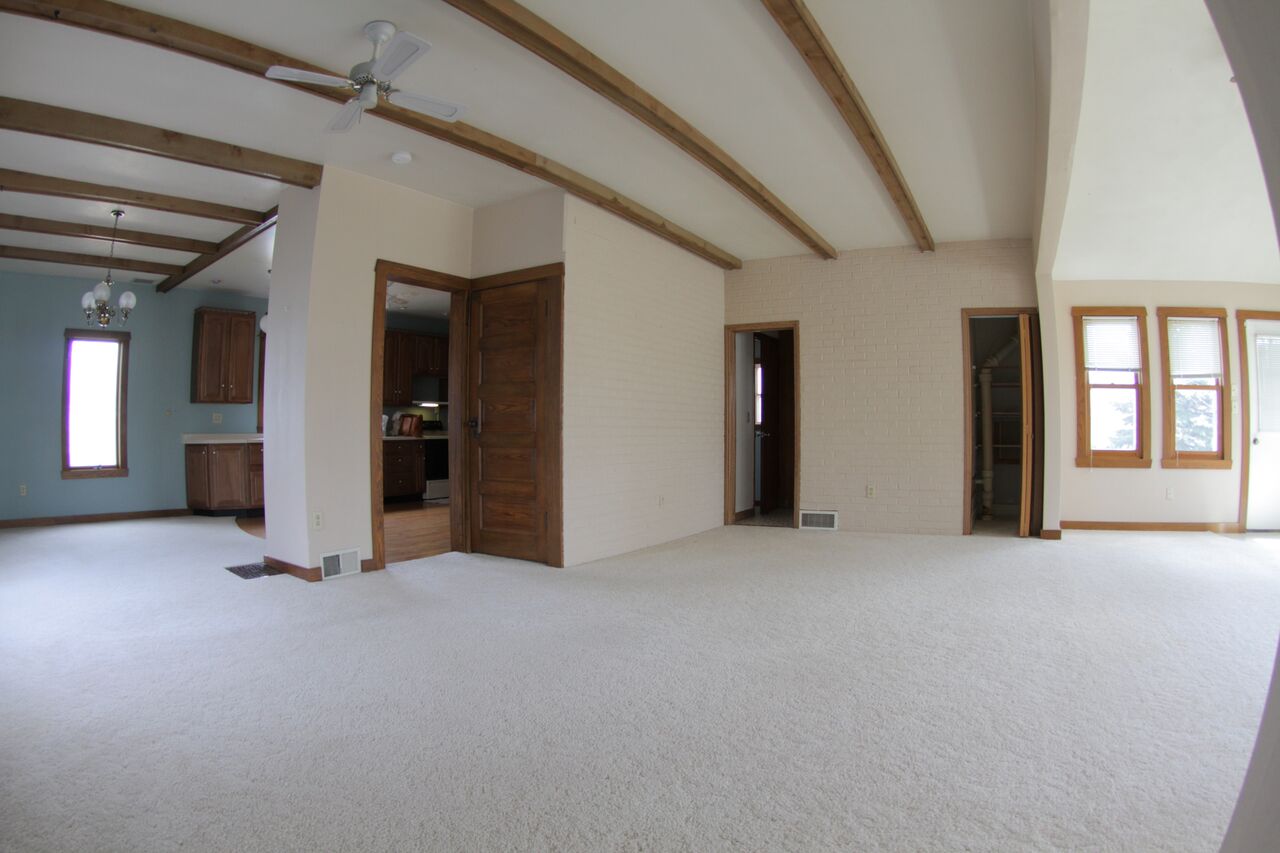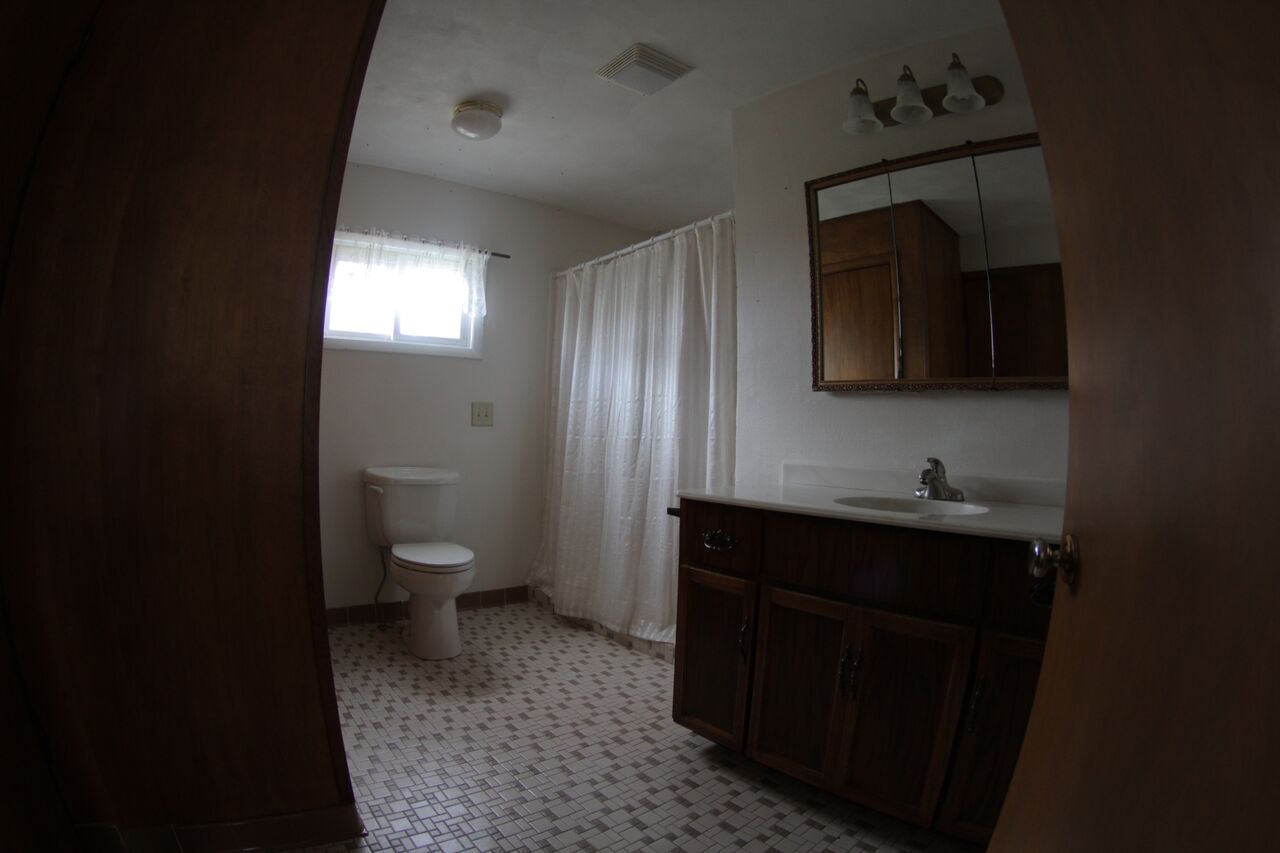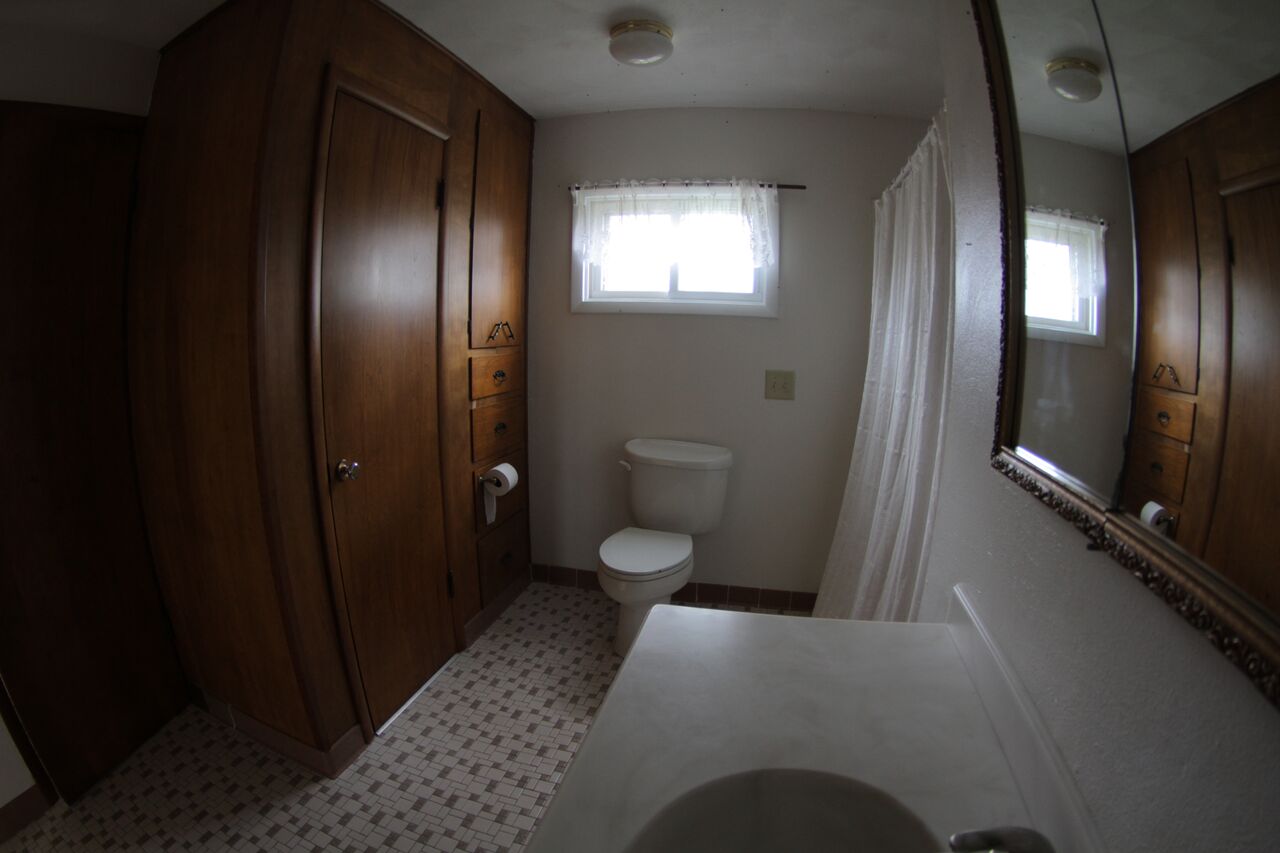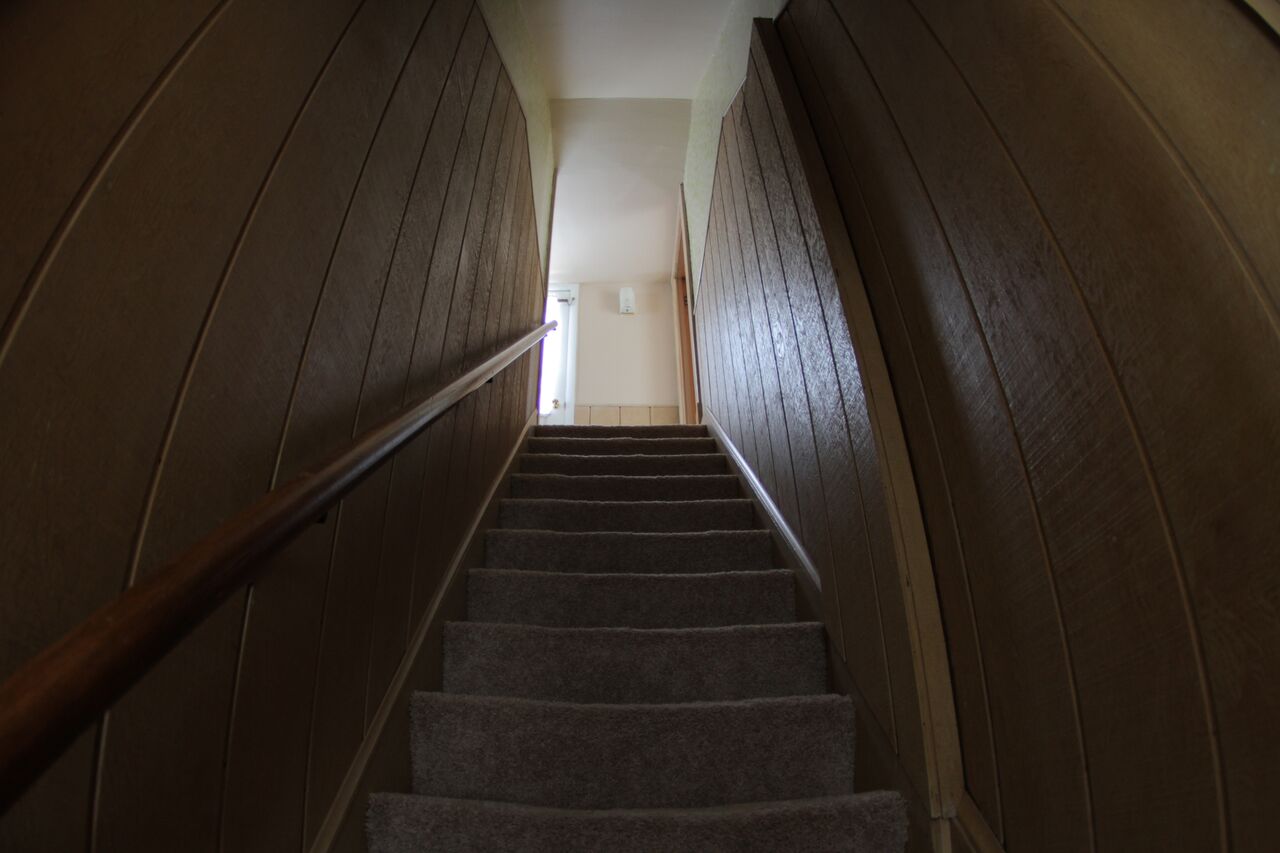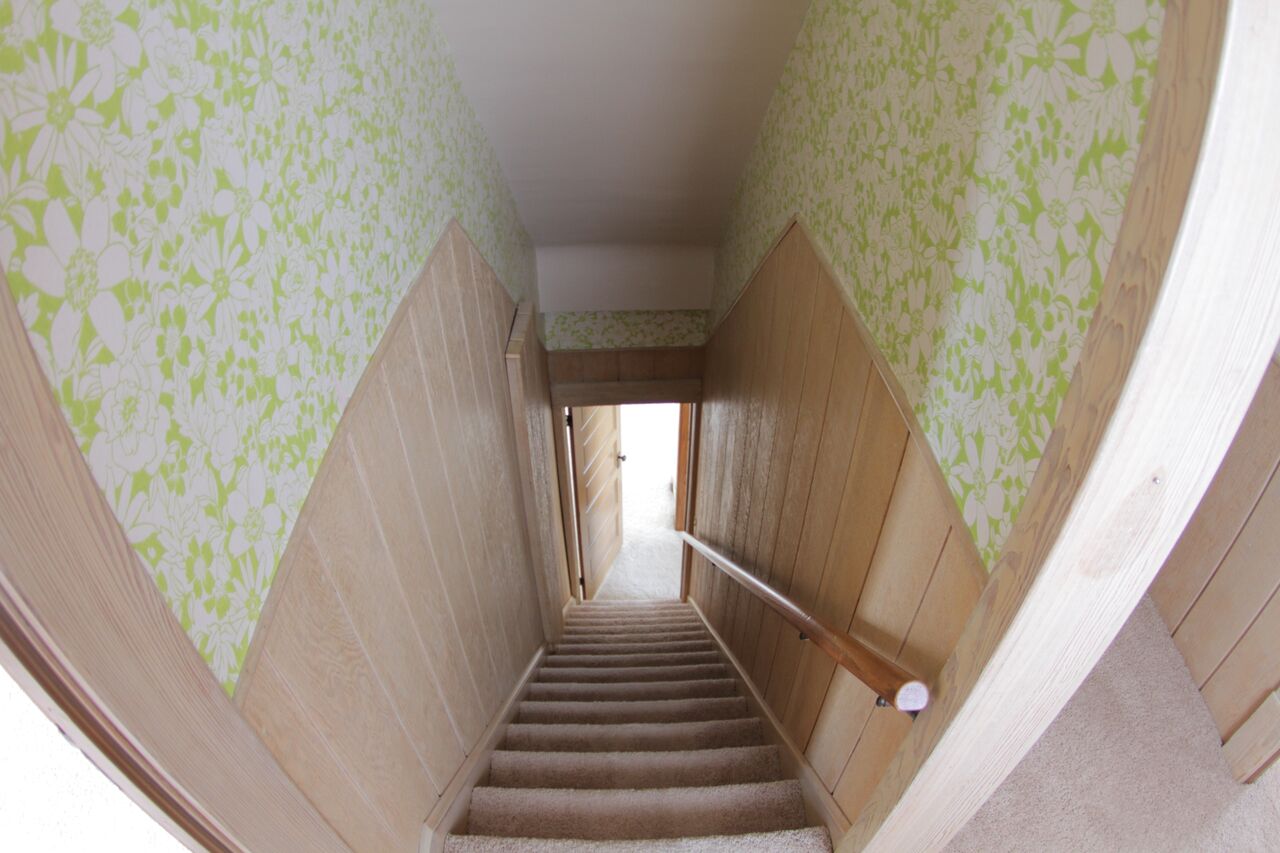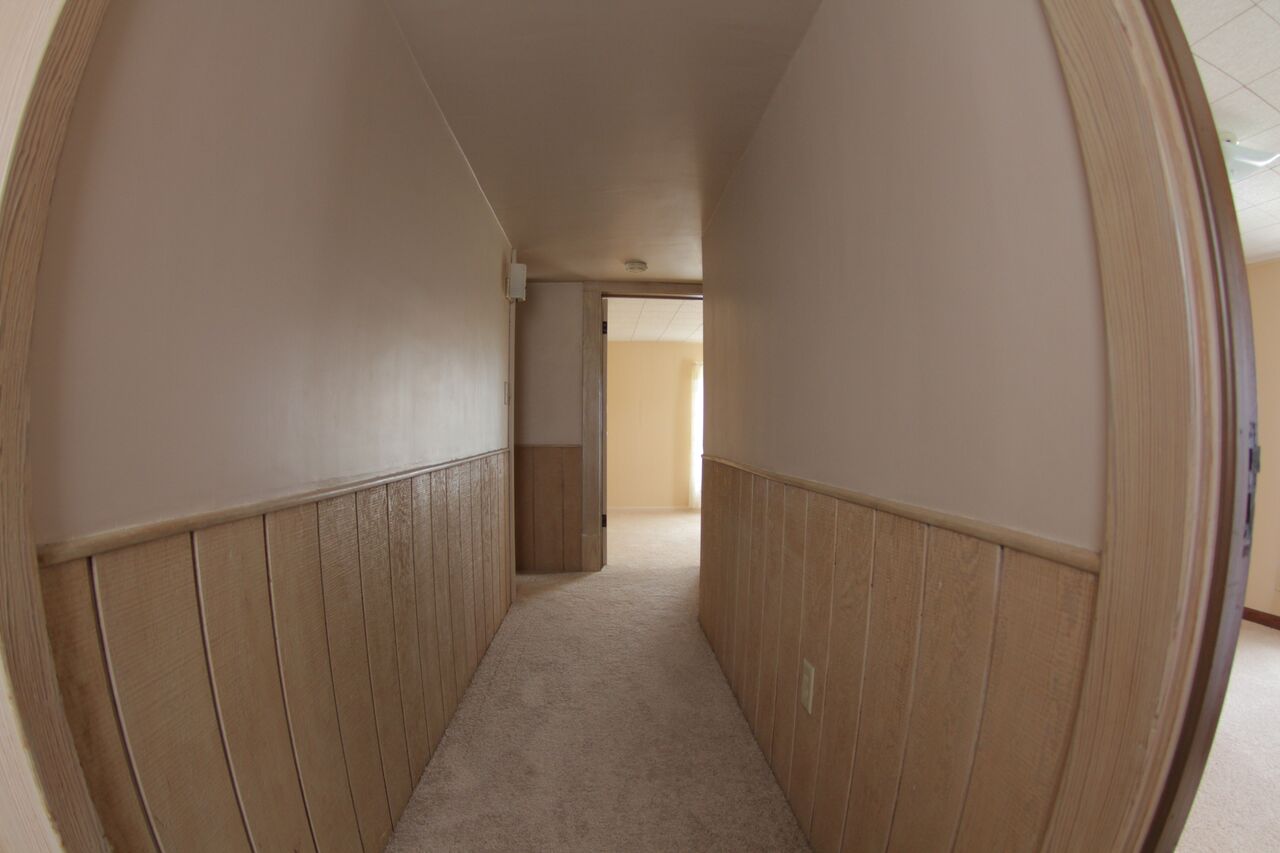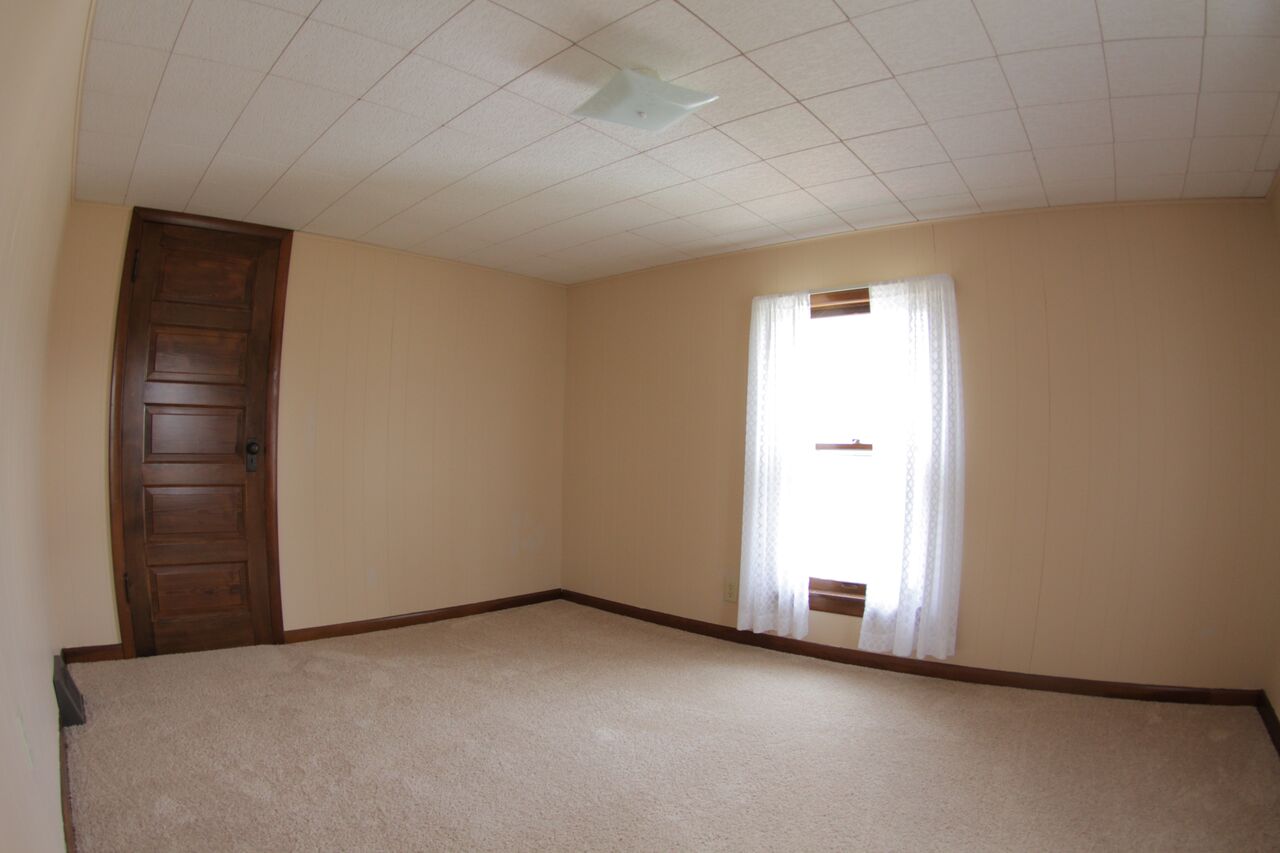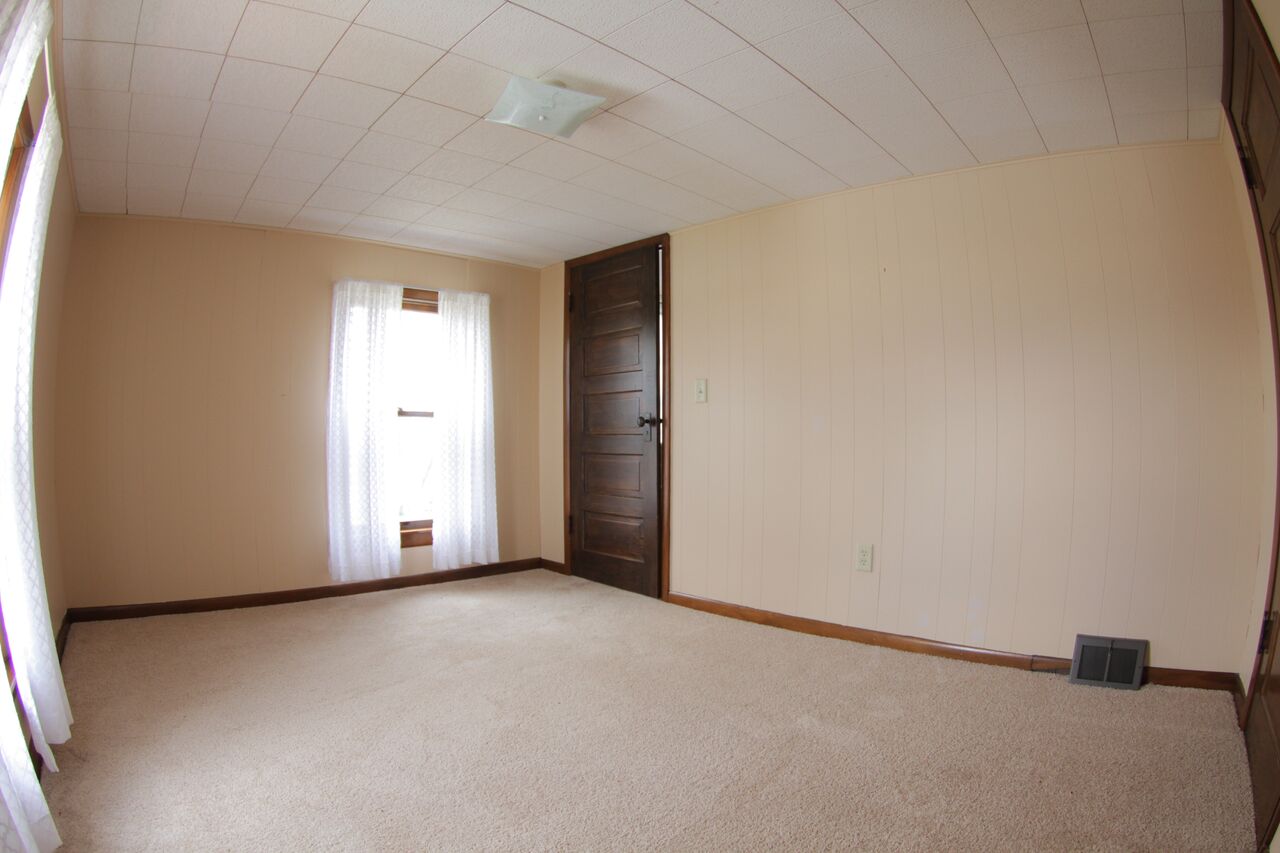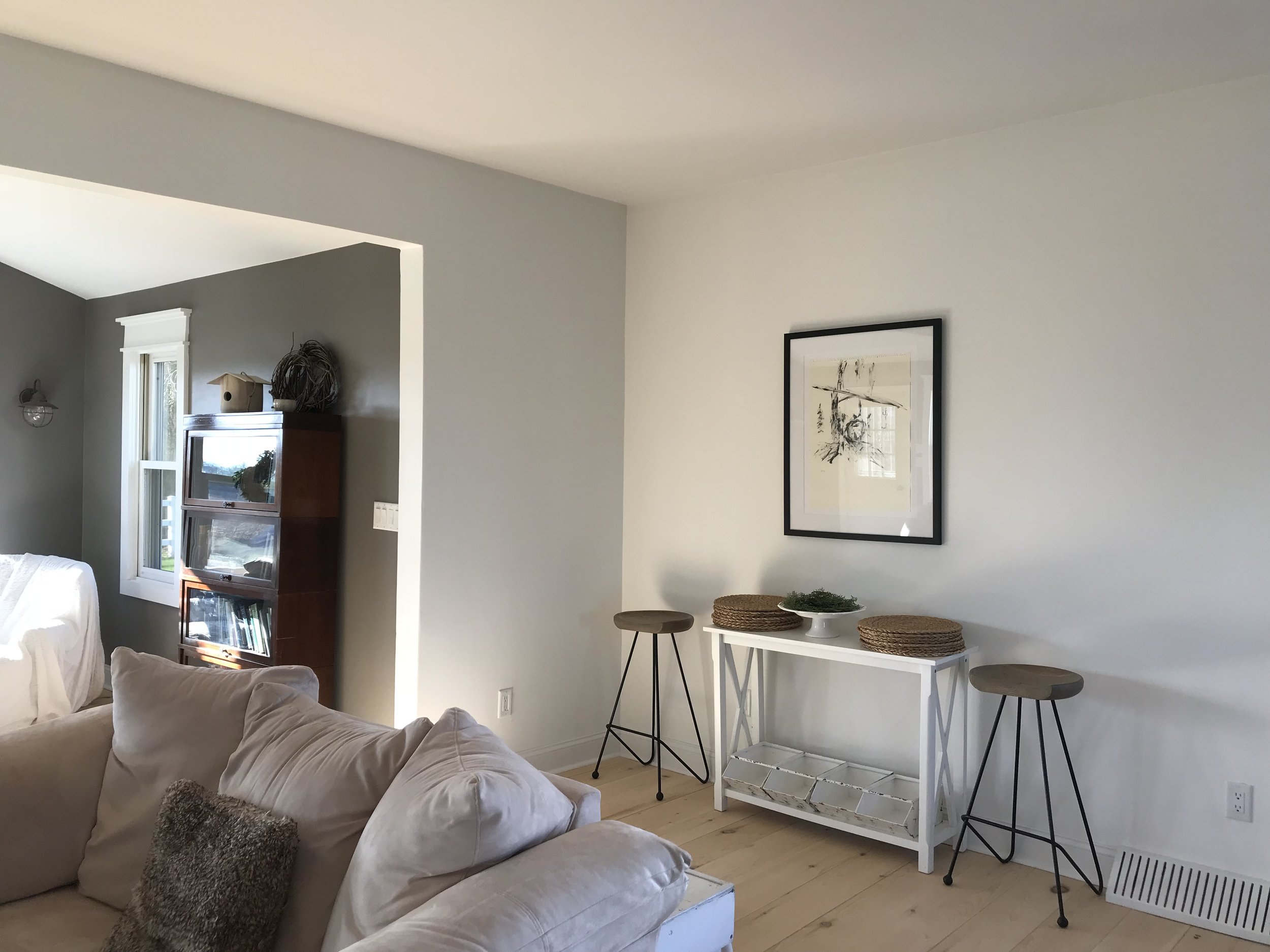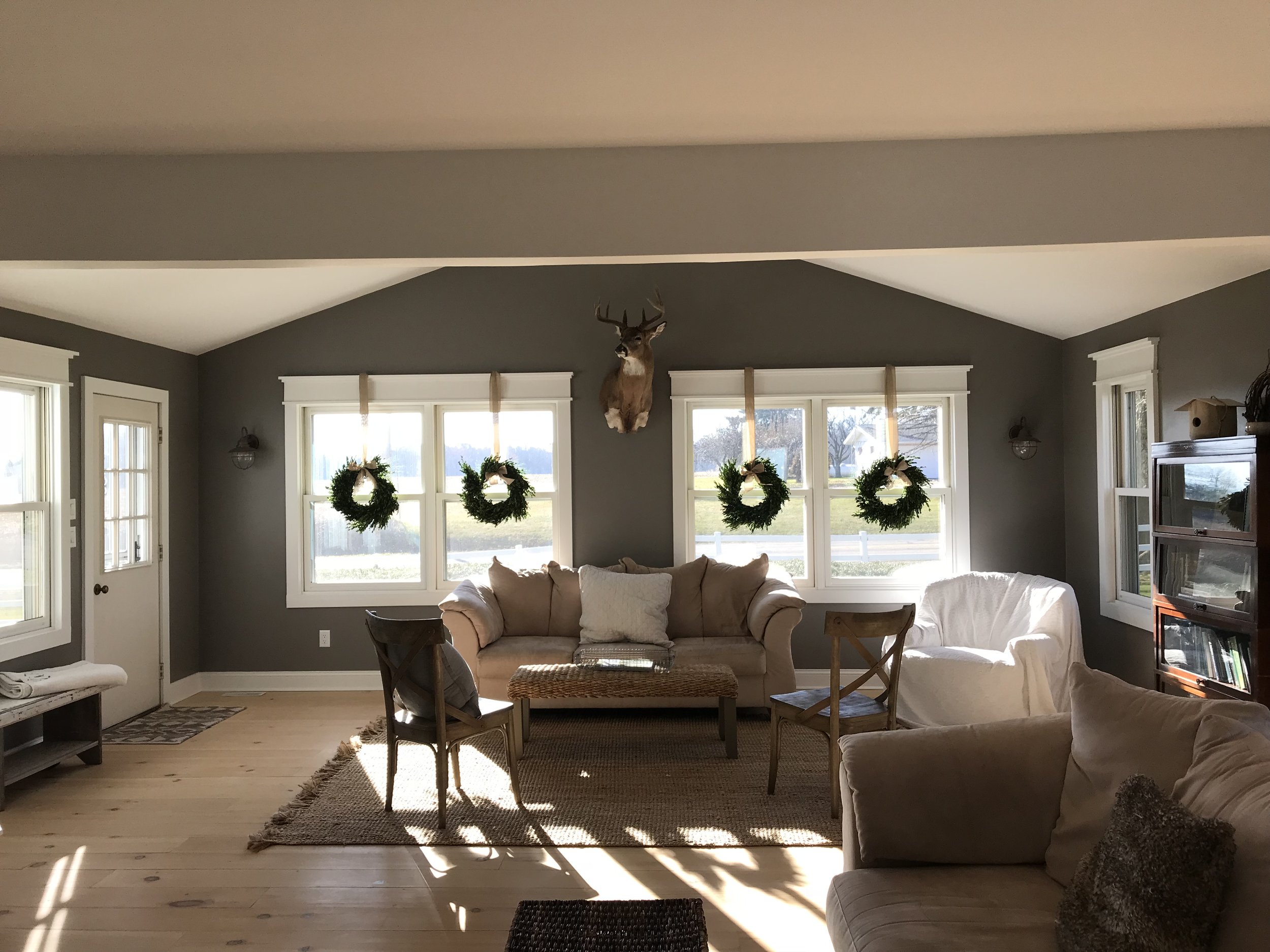Butternut Squash Enchiladas
When hosting friends and family for dinner, at times it’s hard remember who is plant based, who is vegetarian, and who loves meat and potatoes! With butternut squash being so hardy and versatile, these Enchiladas seem to please everyone.
BUTTERNUT SQUASH BLACK BEAN ENCHILADAS
Serves: 8
Prep Time: 20 minutes
Cook time: 55 minutes
Ingredients (enchiladas):
3 cups butternut squash - cubed
1 Tbsp avocado oil or coconut oil
1/4 tsp sea salt and black pepper - divided
1 15-ounce can black beans - slightly drained
1/2 tsp ground cumin - divided
7-9 white or yellow corn tortillas
Ingredients (sauce):
1 Tbsp avocado oil or coconut oil
3 cloves garlic minced (3 cloves yield ~1 1/2 Tbsp)
1 (15-ounce) can tomato sauce
1 chipotle pepper in adobo sauce (plus additional pepper or adobo sauce for more heat)
1/2 cup water (or sub vegetable broth for more Flavor, DIY or store-bought)
Sea salt and black pepper (to taste)
1-2 Tbsp coconut sugar (or sub maple syrup)
Toppings (optional):
Red onion - diced
Ripe avocado - sliced
Fresh cilantro - chopped
Toasted pumpkin seeds
Instructions:
Preheat oven to 400 degrees F (204 C) and position a rack in the middle of the oven.
Add cubed butternut squash to a baking sheet and drizzle with oil and a pinch each salt and pepper. Toss to combine.
Bake for 15-20 minutes, or until all squash is fork tender. Set aside to cool. Also reduce oven heat to 350 degrees F (176 C).
In the meantime, prepare sauce. Heat large skillet over medium heat. Once hot, add oil and garlic. Cook, stirring frequently, until soft and slightly browned and translucent - about 4-5 minutes.
Remove pan from heat and add tomato sauce, diced chipotle pepper, more adobo sauce (if desired, for more heat), and water (or vegetable broth). Reduce heat to low and return pan to heat. Simmer for 5 minutes, covered (to prevent splattering).
Transfer sauce to a blender and blend well for a completely smooth sauce. Taste and adjust seasonings as needed, adding more adobo sauce for heat, salt for savoriness, or coconut sugar for sweetness. Set aside.
Place same skillet used earlier back over medium heat and add black beans. Season with a little salt, pepper, cumin and stir.
Once bubbling, remove from heat and add roasted butternut squash and 1/4 cup (amount as original recipe is written, adjust if altering batch size) of the enchilada sauce (see photo). Stir to coat. Taste and adjust seasonings as needed. Set aside.
Wrap tortillas in damp paper or cloth towel and microwave to warm for 30 seconds to make more pliable. (Alternatively, place tortillas directly on oven rack for 1 minute to heat through.)
Pour a bit of sauce into the bottom of 9×13-inch (3 quart or similar shaped) baking dish. Spread to coat.
Take one corn tortilla and lay it down in the dish. Fill with generous amount of squash-bean Filling (there should to be plenty for 7-9 tortillas). Then roll up tortilla.
Place seam side down at one end of dish. Continue until all tortillas are Filled and wrapped. Then pour remaining sauce over the top of the enchiladas in a stripe down the middle. Use a spoon to distribute the sauce into the cracks. Then brush/spray the edges of the bare tortillas with oil for crispy edges (optional).
Bake at 350 degrees F for 15-20 minutes, or until warmed through. Top with desired toppings and serve. I love fresh lime juice, red onion, avocado, and cilantro, but these enchiladas are delicious on their own!
Leftovers will keep covered in the refrigerator for up to 3 days, though best when fresh. Reheat in a 350-degree F (176 C) oven for 15-20 minutes or until warmed through.
Recipe Notes:
Note 1: The best way to cube butternut squash is to start with a large, very sharp knife, cutting off the top and bottom ends. Then cut in half where the small, cylinder shape and round, bulb-shape meet. Use knife to carefully remove skin. Then remove any seeds with spoon or ice cream scoop. Cut into small cubes and proceed with recipe as directed.
Note 2: Nutrition information is a rough estimate calculated without additional toppings.
Note 3: Recipe inspired by the spaghetti squash tacos in the Smitten Kitchen Cookbook.
Note 4: Enchiladas can be frozen individually up to 1 month.
Source: Minimalist Baker
